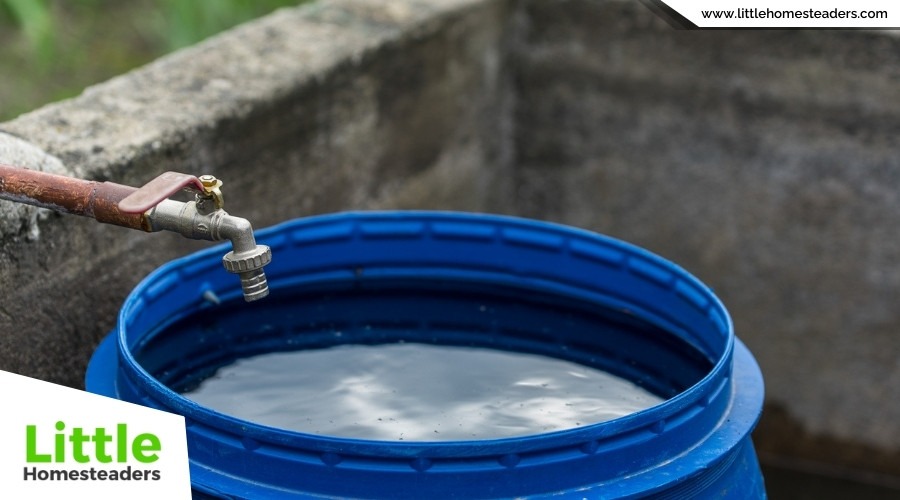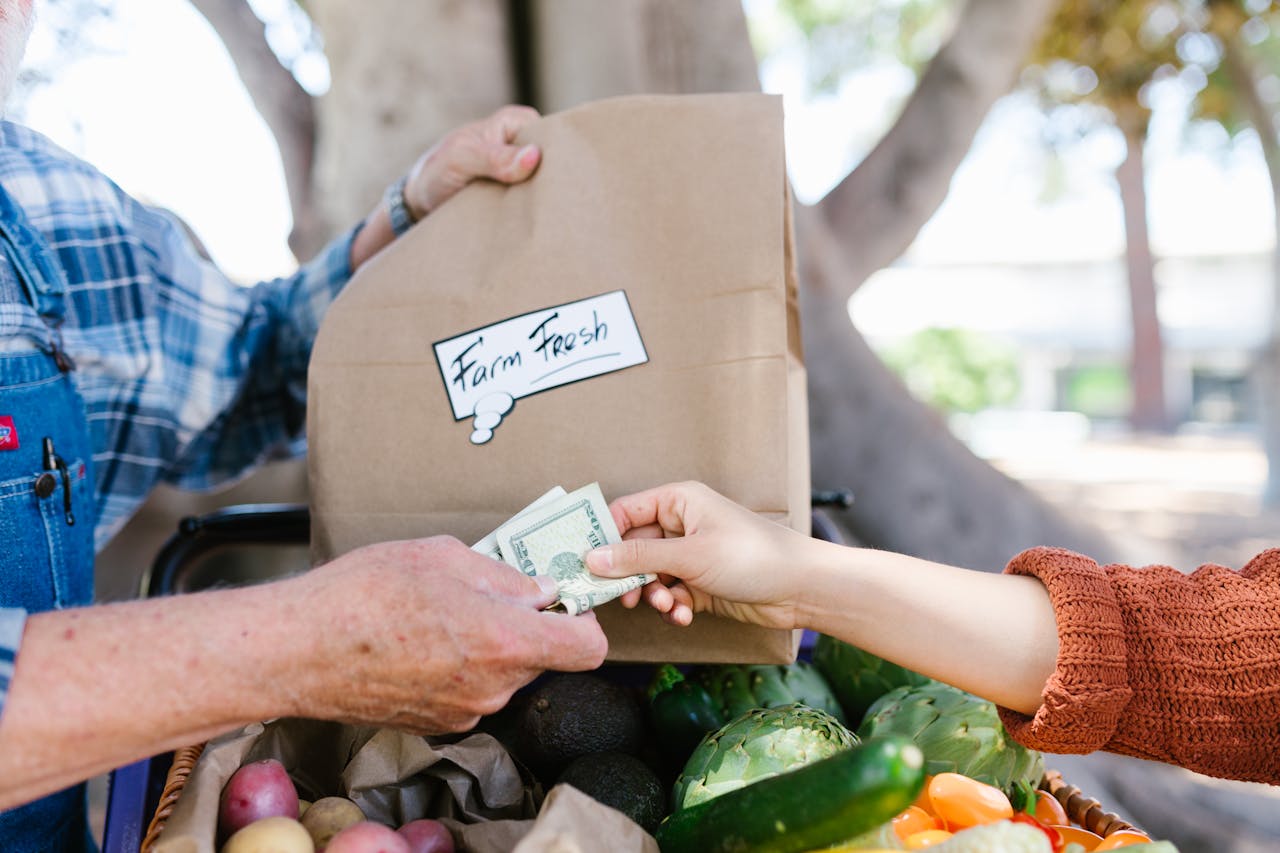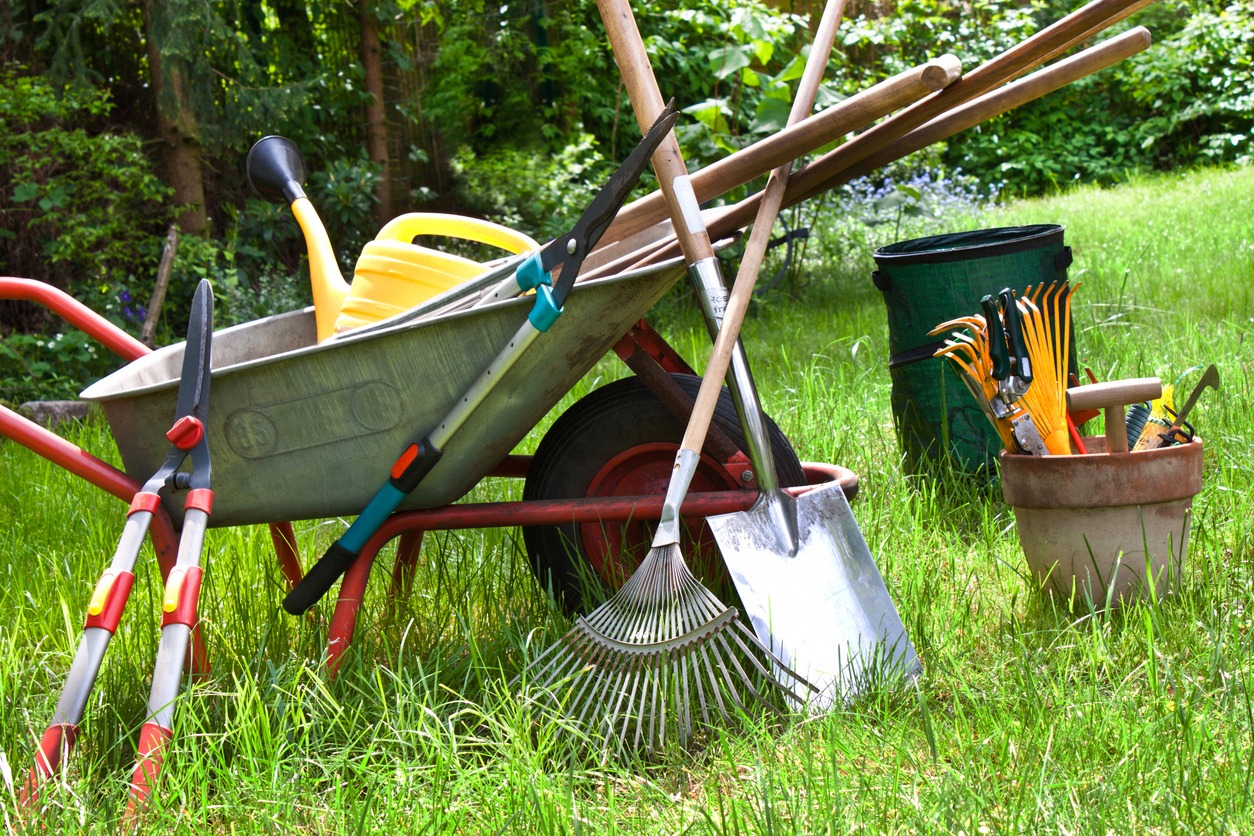Why Water Storage Is Crucial for Homesteaders and How to Get Started
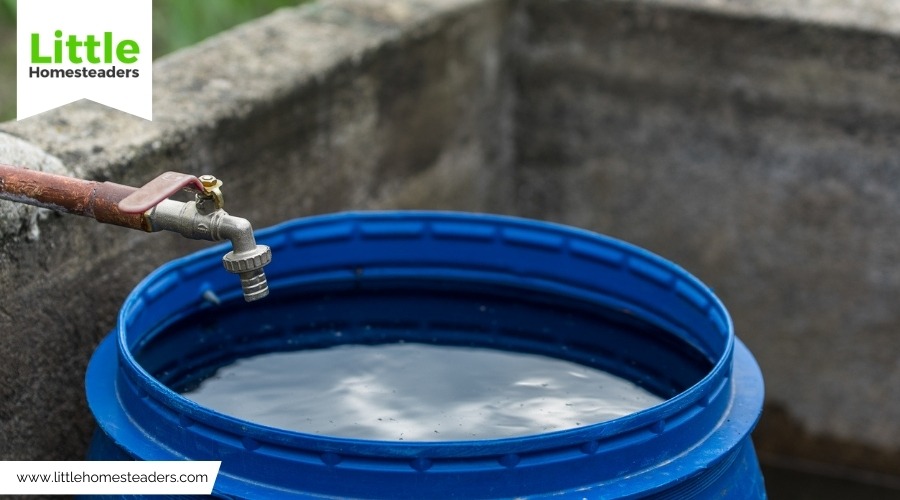
Water is one of the most critical resources for any homestead. Without a reliable supply, even the most well-planned setup can quickly fall apart. Emergencies, droughts, or disruptions in public utilities can strike unexpectedly, leaving homesteaders in a precarious position. That's why understanding and implementing proper water storage solutions isn't just a good idea—it's essential.
If you've been considering how to boost your water security, this guide breaks down everything you need to know. From calculating how much water you'll need to choosing the right storage containers and purification methods, let's dive into the steps that will help ensure your homestead's resilience.
The Importance of Water Security
Imagine this: a sudden storm disrupts power in your area for days, shutting down your well pump. Or maybe you're facing a summer drought, and local water supplies are running low. These aren't far-fetched scenarios—they're the kind of challenges homesteaders often face. And without a plan in place, the lack of water can lead to serious consequences.
Water is the backbone of your homestead's operations. It's not just for drinking; you'll need it for cooking, cleaning, watering crops, and supporting livestock. The average American uses 80-100 gallons of water daily, but for survival situations, experts recommend storing at least 1 gallon per person per day, ideally 2 gallons to cover more needs.
By creating a reliable, diversified water system, you can shield your homestead from potential disruptions. Wells, rainwater harvesting systems, and atmospheric water generators are some of the most effective ways to build redundancy. Combined with proper storage techniques, these sources ensure that you'll always have access to water—no matter what comes your way.
Additionally, consider the economic and environmental benefits of securing your water supply. Dependence on municipal water can be costly, especially during periods of scarcity. By investing in your system, you not only save money in the long run but also reduce your environmental footprint by utilizing sustainable practices like rainwater harvesting and recycling greywater.
Calculating Your Water Storage Needs
When planning your water storage, the first step is understanding how much you'll need. Here's a simple formula to get you started:
- Determine daily requirements: Plan for 1-2 gallons per person per day. Consider higher amounts for families with small children, individuals with specific health needs, or anyone living in hot climates.
- Include additional uses: Don't forget water for pets and livestock, as well as garden irrigation or other homestead needs.
- Decide on a time frame: A 3-day supply is the minimum for emergencies, but a 1-2 week supply is better for homesteaders. Multiply your daily needs by the number of days you're preparing for.
Here's an example: If you have a family of four and aim for a two-week supply at 2 gallons per person per day, you'll need 112 gallons. Add in water for a dog and chickens, and your total might climb to around 150 gallons.
For those with gardens or larger livestock, your calculations will need to account for irrigation and animal hydration. A cow, for instance, can drink up to 20 gallons of water a day. Factor this into your planning to avoid underestimating your needs.
To further refine your calculations, assess your climate and typical water usage patterns. Homesteads in arid regions may require more water storage due to higher evaporation rates and reduced rainfall. Conversely, those in temperate zones with consistent rainfall might find smaller storage systems sufficient.
Choosing Proper Storage Containers
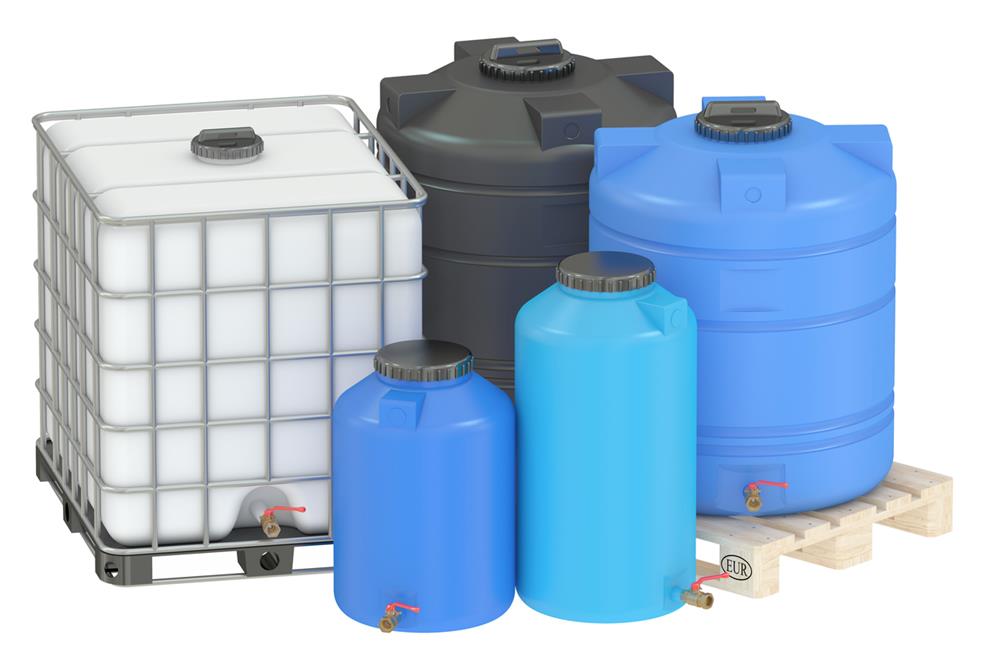
Now that you've calculated your water needs, it's time to think about how to store it. The right containers will ensure your water remains safe and usable.
Popular container options include:
- Food-grade plastic containers: These are lightweight, durable, and affordable. Look for high-density polyethylene (HDPE) options labeled as food-safe.
- Glass containers: While non-reactive and easy to clean, glass is heavy and breakable, making it less practical for larger storage needs.
- Stainless steel containers: These are corrosion-resistant and nearly indestructible, though they come with a higher price tag.
- Large storage solutions: If you're looking to store hundreds of gallons, BPA-free water barrels, IBC totes, or collapsible water tanks are excellent options.
Tips for container maintenance:
- Clean and sanitize containers before use with a diluted bleach solution (1 teaspoon of unscented bleach per quart of water).
- Store containers in a cool, dark place to prevent algae growth and deterioration.
- Regularly inspect for leaks or damage and replace containers as needed.
For homesteaders who value mobility, consider collapsible water containers or smaller jugs that can be easily transported in emergencies. These are especially useful if you ever need to evacuate your property.
Water Purification Methods
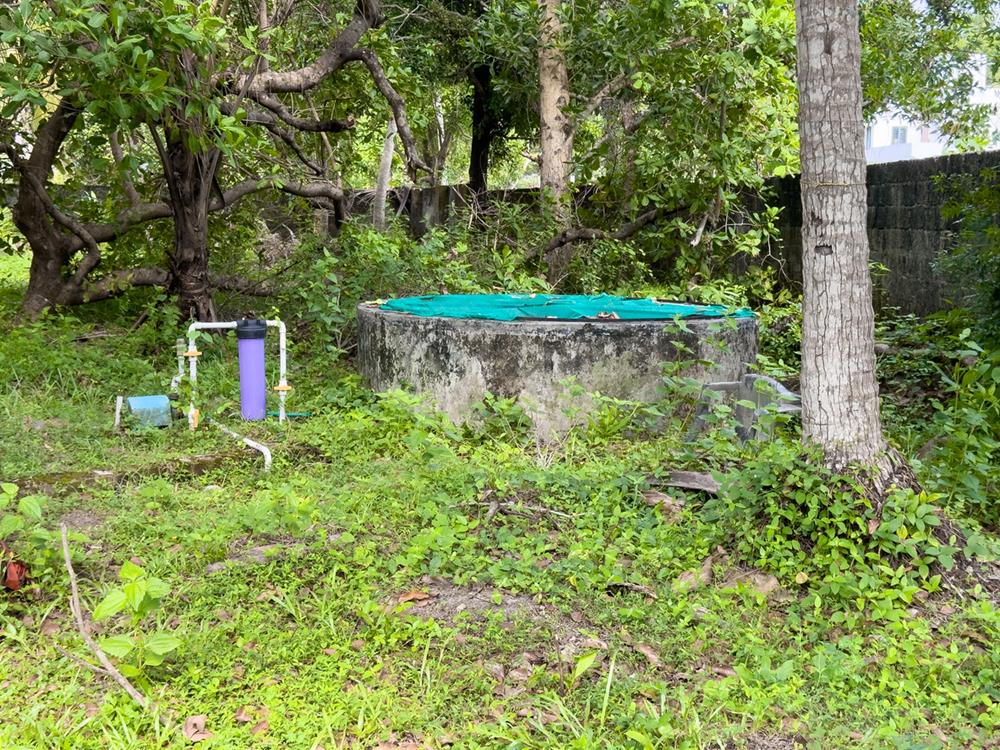
Storing water is one thing, but ensuring it's safe to drink is another. Even water from the cleanest sources can harbor bacteria, viruses, and other contaminants. Purification is key to maintaining a healthy water supply.
Easy purification methods include:
- Boiling: Bring water to a rolling boil for at least 1 minute (3 minutes at higher altitudes). This kills most pathogens.
- Chemical treatments: Chlorine or iodine drops are effective and widely available. Follow the instructions on the product carefully.
- Filtration systems: Options like reverse osmosis filters, UV purifiers, or activated carbon filters can remove impurities and improve taste.
Tailoring purification to your water sources:
- For rainwater harvesting systems, consider sediment filters to remove debris.
- Well water may require additional testing and treatment for minerals or contaminants.
- Atmospheric water generation systems often include built-in filtration but should be checked regularly.
In addition to these methods, consider adding water testing kits to your emergency preparedness supplies. Regular testing ensures that your stored water remains safe to use over time.
Maintenance and Rotation Strategies
Even with the best containers and purification methods, water storage requires ongoing maintenance to ensure quality. Here's how to keep your supply fresh:
- Rotate stored water: Replace your water every 6-12 months to prevent stagnation and maintain freshness. Label containers with the storage date to keep track.
- Inspect containers: Check for leaks, cracks, or any signs of contamination regularly.
- Clean containers: Sanitize with a diluted bleach solution every time you empty and refill them.
- Store properly: Keep your containers away from direct sunlight and extreme temperatures. A basement or pantry is ideal.
Implementing these strategies ensures your water remains drinkable when you need it most.
Consider using a first-in, first-out (FIFO) system to manage your water rotation. This approach ensures older water is used first, preventing waste and keeping your supply as fresh as possible.
Integrating Multiple Water Sources
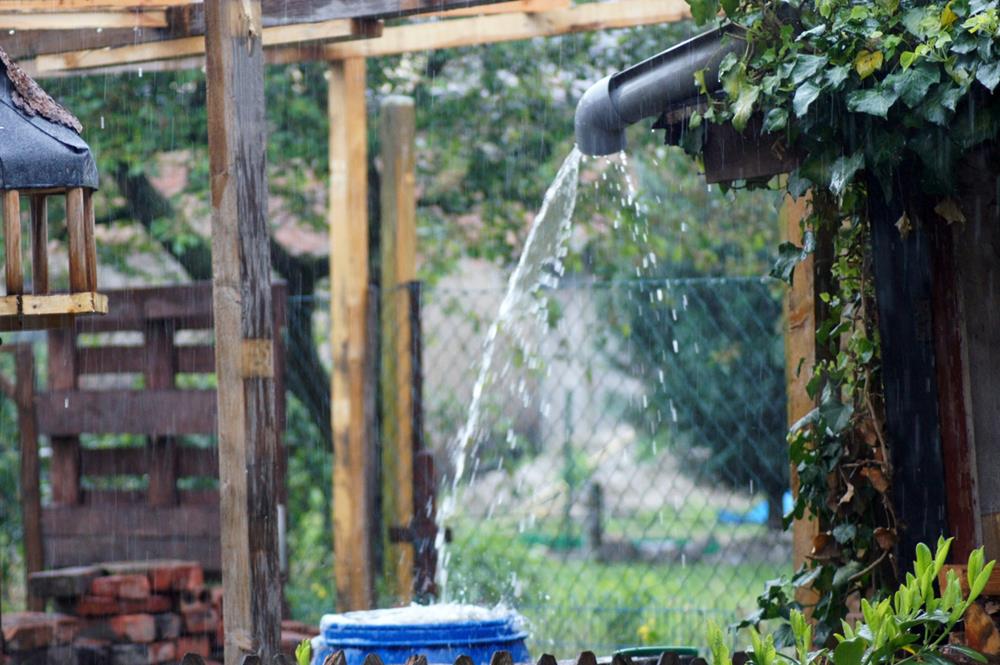
Relying on a single water source can leave your homestead vulnerable. Diversifying your water supply creates redundancy and ensures access during unforeseen circumstances.
Common water sources to consider:
- Wells: A deep well can provide a steady water supply, but it's wise to have a backup power system for the pump.
- Rainwater harvesting: Use gutters and downspouts to collect rainwater in storage tanks. With proper filtration, it can be used for drinking, irrigation, and more.
- Atmospheric water generators: These devices extract water from the air, offering an innovative solution for areas with low rainfall.
Tips for managing multiple sources:
- Test and maintain each source regularly to ensure quality.
- Use solar-powered or gravity-fed systems to reduce reliance on electricity.
- Keep backup supplies in case one source becomes unavailable.
Incorporating greywater systems for non-potable uses can further optimize your water usage. Greywater—from sinks, showers, or washing machines—can be redirected for irrigation or toilet flushing, reducing the strain on your potable water reserves.
Conclusion
Water is the lifeblood of any homestead, and securing your supply is one of the smartest steps you can take for long-term sustainability. By understanding your needs, choosing the right storage methods, purifying your water, and diversifying your sources, you'll create a resilient system that ensures peace of mind.
Start small—perhaps by storing a few gallons for each family member—and gradually expand your efforts. The key is to stay proactive. With the right approach, you can weather any challenge and keep your homestead thriving. So why wait? Begin securing your water supply today, and take another step toward true self-sufficiency.

